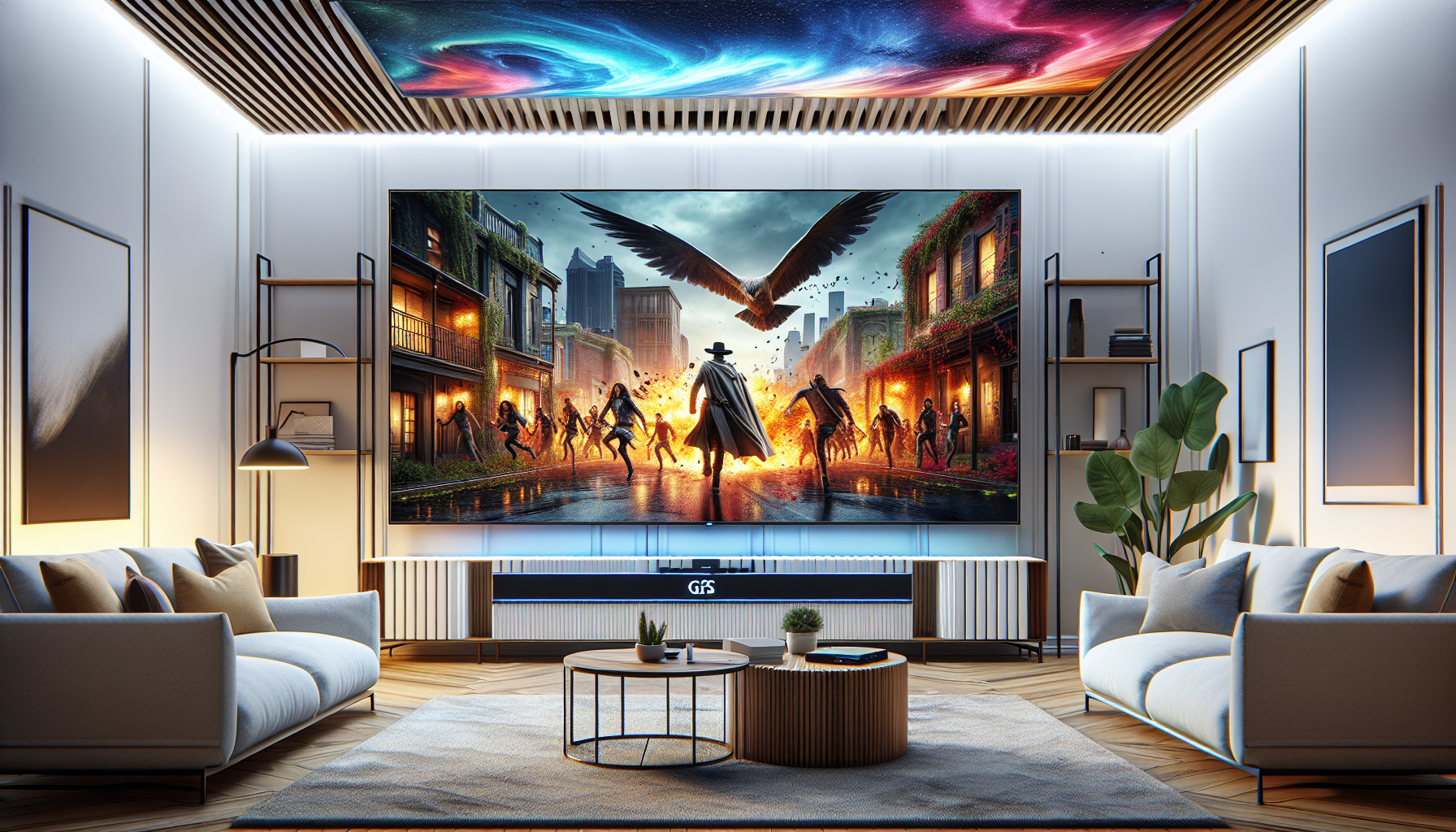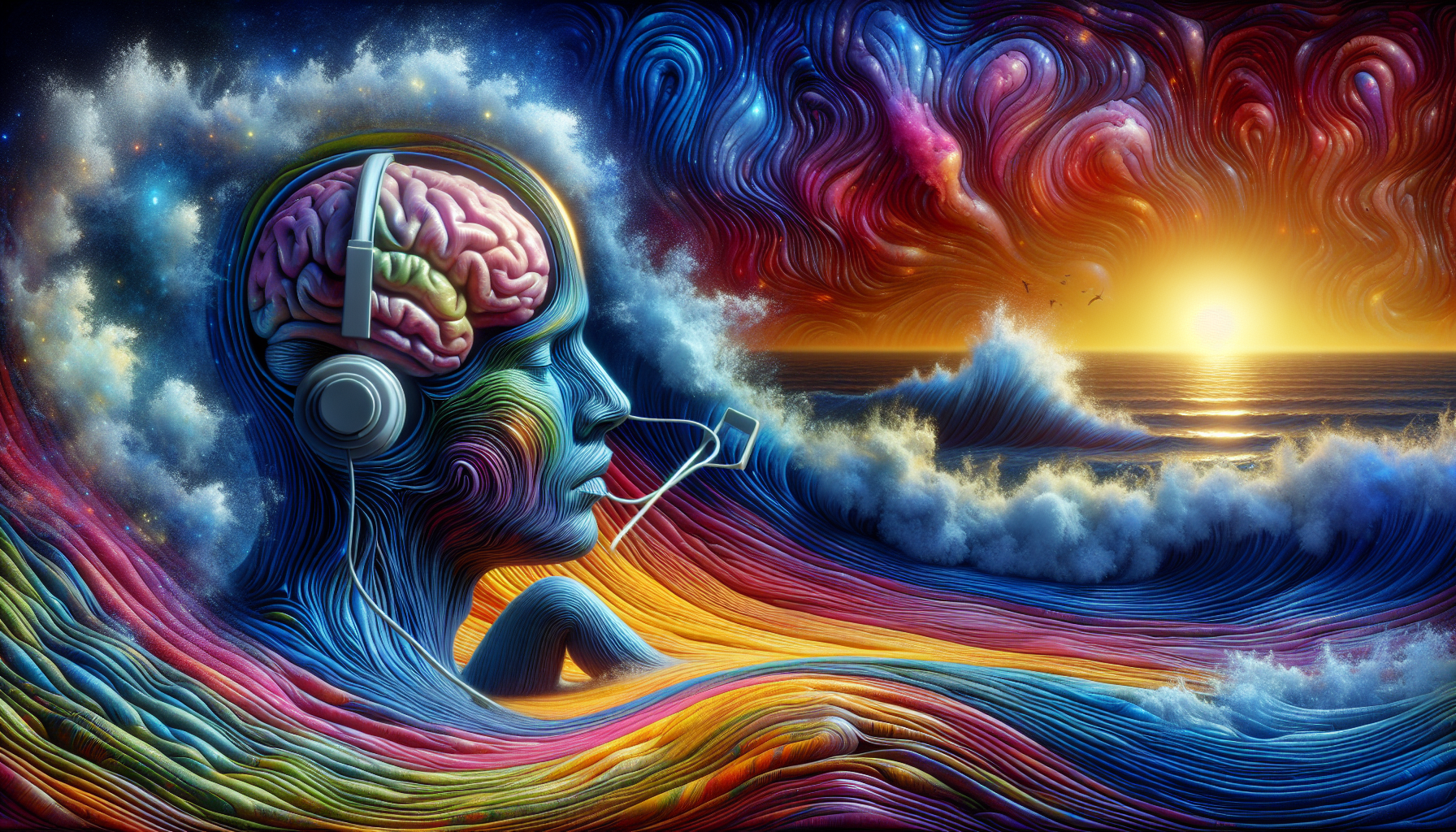Advertisements
Advances in gaming technology have led to increasingly immersive and realistic visual experiences. One of the technologies that is revolutionizing this experience is Ray Tracing. With Ray Tracing, developers can create environments and characters with extremely detailed reflections, shadows, and lighting, resulting in unprecedented visual quality.
Advertisements
This real-time graphics rendering technique simulates the behavior of light extremely accurately, providing a visual experience that is closer to reality. With ray tracing, players can feel truly immersed in virtual worlds, perceiving every detail and lighting effect more vividly and realistically.
Additionally, ray tracing also contributes to greater visual fidelity in games, allowing developers to create richer, more dynamic environments. This means that games can present more complex and realistic environments, with more refined textures and more impressive visual effects.
With the advancement of technology and the increasing use of Ray Tracing, games are reaching a new level in terms of visual quality. Players can expect more immersive and engaging experiences, where every detail matters and contributes to the construction of a more realistic and impactful virtual world.
Advertisements
Therefore, there is no doubt that Ray Tracing is revolutionizing the visual experience in games, providing players with total immersion in increasingly incredible and surprising virtual worlds. The technology promises to continue evolving and improving the visual quality of games, making the player experience even more exciting and immersive.
Ray Tracing: The visual revolution in games
Since the emergence of video games, graphical evolution has always been one of the most impressive and impactful aspects for players. The search for total immersion in increasingly realistic virtual environments is one of the main goals of game developers. And it is in this context that Ray Tracing has stood out as a revolutionary technology.
What is Ray Tracing?
Ray tracing is an advanced rendering technique that simulates the real-world behavior of light in virtual environments. Unlike traditional methods that use rasterization techniques to create 3D images, ray tracing calculates the interaction of light rays with objects in the scene, resulting in much more realistic reflections, shadows, and lighting.
How is Ray Tracing revolutionizing the visual experience in games?
With ray tracing, games have reached a new level of photorealism, providing an incredibly immersive visual experience for players. The technology allows for the creation of more detailed environments, with accurate reflections, realistic shadows and dynamic lighting, making virtual scenarios virtually indistinguishable from reality.
- Greater photorealism in game graphics
- More realistic reflections and shadows
- Dynamic and detailed lighting
- Total immersion in virtual environments
Ray tracing not only improves the visual quality of games, but also contributes to the narrative and atmosphere of the stories being told. The technology allows developers to create more immersive and captivating worlds, taking the player experience to a whole new level.

With the constant evolution of Ray Tracing and its increasing adoption by the gaming industry, we can expect even more advances and innovations in the field of graphical rendering. The technology promises to continue improving the visual quality of games, allowing developers to explore new creative possibilities and provide even more immersive and engaging experiences for players. With this, the future of games promises to be even more exciting and surprising, with increasingly realistic and detailed scenarios, taking the gaming experience to an even higher level.
With the continued advancement of Ray Tracing and its growing popularity in the gaming industry, it is possible to foresee an even brighter future for the visual experience of players. The technology promises to continue improving the graphical quality of games, providing increasingly realistic and detailed virtual environments. With this, players will be able to enjoy even more immersive and engaging experiences, where the line between the real and virtual worlds becomes increasingly blurred. Ray Tracing is undoubtedly on its way to becoming one of the greatest revolutions in the history of video games, elevating the gaming experience to new levels of visual and narrative excellence.
Conclusion
In short, ray tracing is revolutionizing the visual experience in games by delivering a new level of photorealism, immersion, and visual detail. With the ability to accurately simulate the behavior of light in virtual environments, this technology allows developers to create games with realistic reflections and shadows, as well as dynamic and detailed lighting. These elements combine to create environments that are virtually indistinguishable from reality, immersing players in an incredibly visual experience.
In addition to improving the graphic quality of games, Ray Tracing also contributes to the narrative and atmosphere of the stories told, creating more immersive and captivating worlds. With this technology, players can feel fully immersed in virtual environments, taking the gaming experience to a new level. Therefore, it is clear that Ray Tracing is transforming the way games are visually presented, providing a more realistic and immersive gaming experience for players. This technological advancement certainly marks a new era in the graphic evolution of video games.
Ray tracing is changing the way we perceive graphics in games, delivering stunning visual experiences. By simulating the behavior of light with extreme precision, this technology creates dynamic reflections, shadows, and lighting that are more realistic than ever before. The resulting effect is a sense of photorealism, where environments and visual details are so vivid that they are almost indistinguishable from reality. This innovation not only elevates the quality of graphics, but also enhances the atmosphere and narrative of games, making virtual worlds more immersive and engaging.
With each new title that adopts ray tracing, players can experience visual depth that completely transforms the way they interact with their surroundings. With realistic reflections on surfaces such as water, glass and metal, for example, the technology creates a sense of authenticity in the game. In addition, precise lighting adds a level of detail that intensifies the emotion of each scene. Ray tracing is not only a technical improvement, but an aesthetic and narrative revolution, allowing developers to create richer and more captivating worlds. Without a doubt, this technology represents a major advance in the evolution of video game graphics, offering players an immersive and unforgettable experience.




